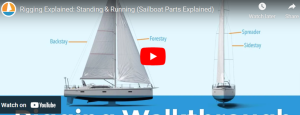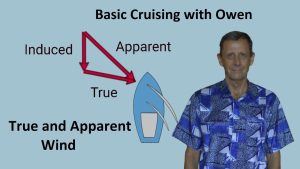What are the Two Most Basic Sailing Maneuvers?
When you think about the fundamentals of sailing, you might ask yourself: what are the two most basic sailing maneuvers every sailor needs to master? To ensure safe and effective navigation, understanding the principles of tacking and jibing is essential. These maneuvers enable you to change the boat’s direction relative to the wind, allowing for a versatile and nuanced sailing experience.
Why Understanding Basic Sailing Maneuvers is Crucial
Before plunging into the specifics of tacking and jibing, it’s essential to comprehend why these maneuvers constitute the foundation of sailing. Mastery of these skills ensures both the safety of the crew and the efficiency of the vessel. Inadequate knowledge or improper execution can lead to accidents, inefficient sailing, and potentially hazardous situations.
The Role of Wind in Sailing
The wind is the primary driving force behind the movement of a sailboat. By understanding how to harness and manipulate wind energy, you can make informed decisions about your maneuvers. Basic maneuvers like tacking and jibing are fundamentally about how you turn your boat in relation to the wind.
Safety Concerns
Improper execution can severely impact the safety of everyone on board. Tacking and jibing involve quick shifts in the boat’s orientation and can bring about a rapid change in the sail’s position. Proper techniques ensure that these transitions are smooth and controlled, minimizing risk.
The Anatomy of a Sailboat
To fully understand how tacking and jibing work, let’s briefly review the anatomy of a sailboat. The main components involved in these maneuvers include the sails, rudder, and various lines (ropes).
Key Components
| Component | Description |
|---|---|
| Mainsail | The principal sail that captures most of the wind. |
| Jib | A smaller sail located at the front of the boat, aiding in steering. |
| Rudder | A flat piece of material at the stern, used to steer the boat. |
| Boom | A horizontal pole attached to the bottom of the mainsail for positioning. |
| Sheets | Ropes used to control the sails. |
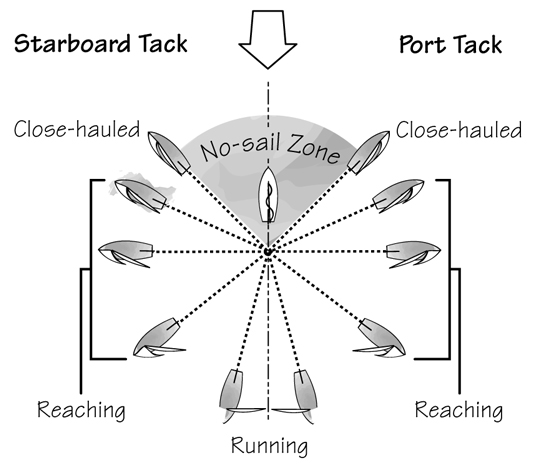
Understanding Points of Sail
Before mastering tacking and jibing, it’s crucial to comprehend the concept of ‘points of sail.’ These terms refer to the different positions of the boat relative to the wind direction. Understanding these positions helps you make informed decisions about when to execute tacks and jibes.
Windward and Leeward
Windward refers to the side of the boat facing the wind, while leeward is the side opposite to the wind. Knowing these terms is crucial for effective communication on the boat.
Basic Points of Sail
| Point of Sail | Description |
|---|---|
| Close-Hauled | Sailing as close to the wind as possible. |
| Beam Reach | Sailing perpendicular to the wind. |
| Broad Reach | Sailing with the wind coming from a rear angle. |
| Running | Sailing directly downwind. |
What is Tacking?
Tacking is the process of turning the bow of the boat through the wind so that the wind shifts from one side of the boat to the other. This maneuver allows you to change direction while sailing upwind (close-hauled).
Steps Involved in Tacking
1. Preparatory Steps
Before initiating the tack, ensure that your crew is aware and prepared for the maneuver. Announce your intention by saying, “Ready to tack?” and wait for the crew to acknowledge.
2. Turning the Boat
Begin turning the bow of the boat towards the wind using the rudder. As the boat turns, the sails will begin to luff (flutter), indicating that the wind is no longer effectively filling them.
3. Completing the Turn
Continue to turn the boat until the bow passes through the eye of the wind. At this point, the sails will fill from the opposite side, and you will be on a new tack.
4. Trimming the Sails
Once the turn is complete, the sails need to be trimmed (adjusted) to the optimal position for the new point of sail. This often involves pulling in or letting out the sheets.
Common Mistakes in Tacking
Some frequently encountered mistakes include turning too slowly, which can leave you ‘in irons’ (stuck facing directly into the wind), or not communicating effectively with your crew, leading to confusion and inefficiency.
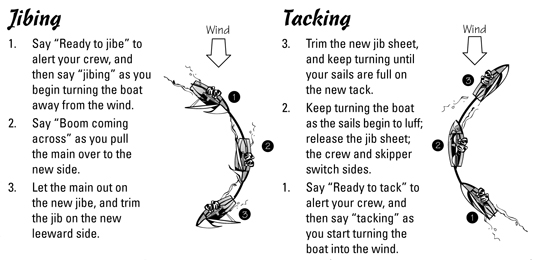
What is Jibing?
Jibing, in contrast to tacking, involves turning the stern of the boat through the wind. This maneuver is typically employed when sailing downwind.
Steps Involved in Jibing
1. Preparatory Steps
As with tacking, the first step in jibing is to prepare the crew. Announce, “Ready to jibe?” and wait for an acknowledgment.
2. Turning the Boat
Turn the stern of the boat so that it moves through the wind. As it does this, the sails will initially catch the wind from their current side.
3. Ensuring a Controlled Jibe
A crucial aspect of jibing is to ensure that the boom (the horizontal pole at the bottom of the mainsail) moves across the boat in a controlled manner. An uncontrolled jibe can cause the boom to swing violently, potentially leading to injury or damage.
4. Trimming the Sails
After the boom has crossed to the other side, adjust the sails to their optimal position for the new point of sail. This may involve letting out or pulling in the sheets.
Common Mistakes in Jibing
Some typical errors include not controlling the boom, which can lead to an accidental jibe, and failing to communicate effectively, resulting in a disorganized and potentially dangerous situation.
How to Practice Tacking and Jibing
Mastery of these maneuvers requires practice. Start in calm weather with plenty of space around you. Gradually, as you become more comfortable, you can practice in different wind conditions and tighter spaces.
Drills for Tacking
- Stationary Turns: Practice turning the boat while not moving forward by using the rudder. This helps you understand how the boat responds to rudder input.
- Figure Eights: Sail in a figure-eight pattern, executing tacks at the intersection points. This gives you repetitive practice in a controlled manner.
Drills for Jibing
- Controlled Jibes: Practice jibing while focusing on controlling the boom. Start with gentle turns and gradually increase the intensity as you become more comfortable.
- Speed Variability: Jibe at different speeds to understand how boat speed affects the maneuver’s dynamics.
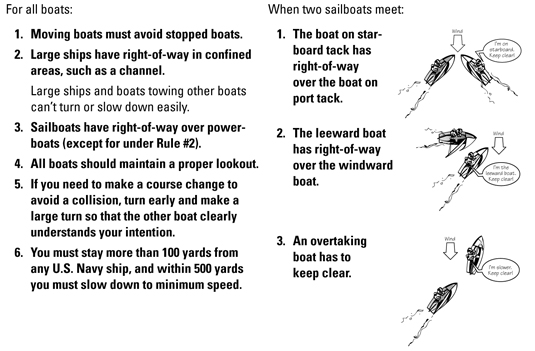
Advanced Techniques
Once you’ve mastered basic tacking and jibing, you can move on to more advanced techniques.
Roll Tack
A roll tack involves coordinating the boat’s heel (tilt) and the crew’s movements to turn the boat more efficiently. This technique is frequently used in racing.
Gybe Set
In racing, a gybe set allows you to quickly change direction after rounding a mark (buoy). It involves jibing immediately after the turn and is useful for gaining an advantage over competitors.
Maintaining Balance and Boat Handling
Effective tacking and jibing also depend on maintaining the boat’s balance and proper handling.
Weight Distribution
Proper weight distribution is crucial during these maneuvers. The crew’s position can significantly impact the boat’s balance and speed.
Rudder Control
Effective rudder control is essential for smooth tacking and jibing. Oversteering or understeering can lead to inefficient turns and loss of speed.
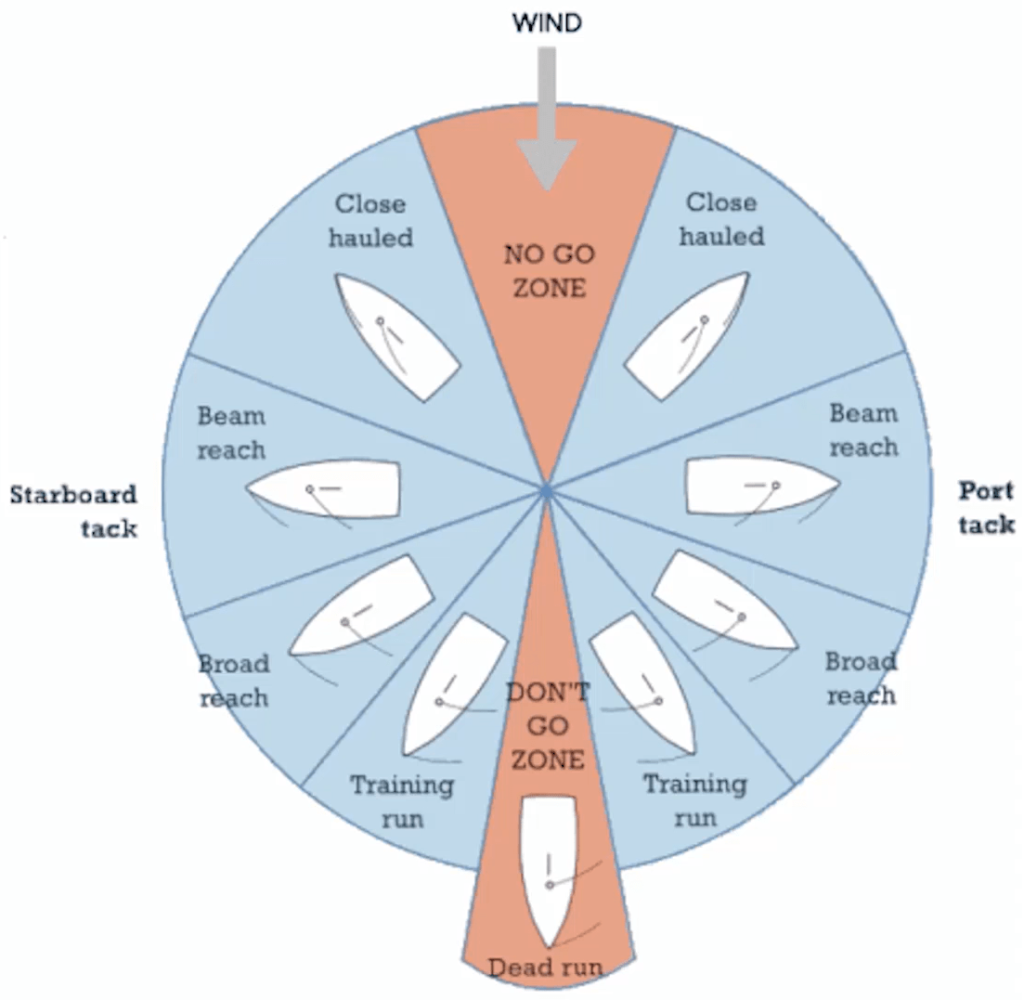
Importance of Communication
The significance of clear and concise communication cannot be overstated. Successful execution of tacking and jibing hinges on effective communication among the crew members.
Verbal Signals
Using standardized verbal signals ensures that every crew member knows what to expect. Statements like “Ready to tack?” and “Jibing!” help in synchronizing actions.
Non-Verbal Cues
In addition to verbal communication, non-verbal cues such as hand signals can further streamline the process. This is especially useful in loud or windy conditions where verbal communication might be challenging.
Equipment Readiness
Ensuring that all equipment is in good working condition is vital for executing these maneuvers smoothly. Regular maintenance and inspections help in identifying and addressing potential issues.
Inspecting Sails
Check for any wear and tear on the sails. Damaged sails can adversely affect the execution of tacking and jibing.
Rudder and Boom
Ensure that the rudder and boom are functioning correctly. Any issues with these components can lead to difficulties in steering and sail control.
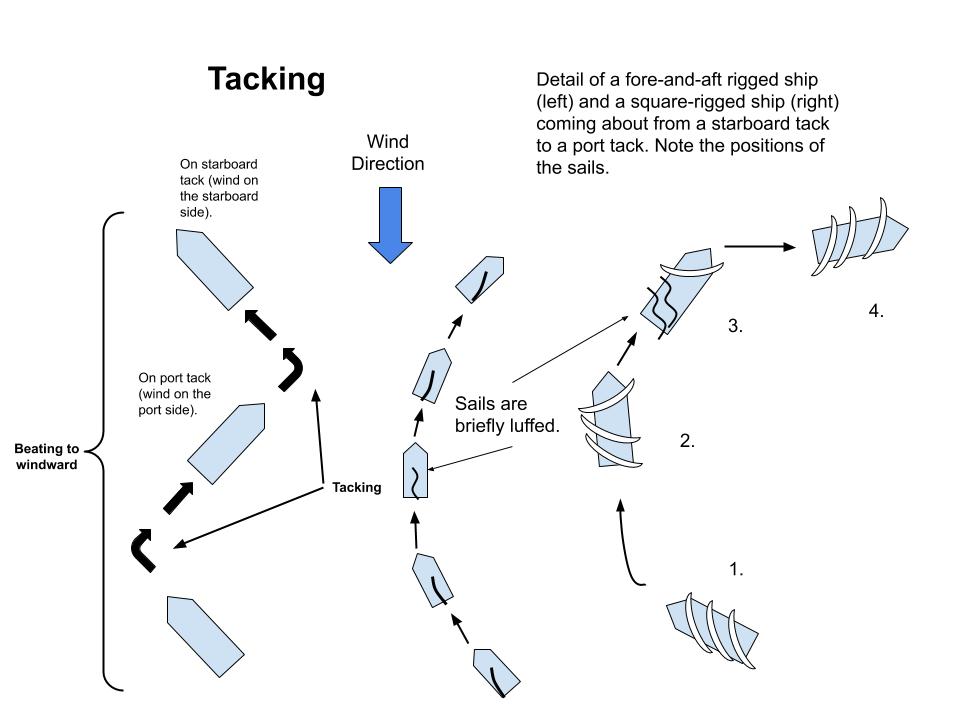
Environmental Considerations
Understanding and anticipating environmental factors like wind shifts and water currents can significantly enhance the effectiveness of your maneuvers.
Wind Shifts
Wind direction can change unpredictably, and being mindful of these shifts can help you decide the optimal time to tack or jibe.
Water Currents
Currents can impact your boat’s speed and direction. Understanding how to navigate these can make your maneuvers more efficient.
Summary
Mastering the basic sailing maneuvers of tacking and jibing is crucial for a rewarding sailing experience. These maneuvers form the foundation upon which more advanced skills are built. By understanding the roles of wind and boat components, practicing consistently, and maintaining clear communication and equipment readiness, you will ensure a safe and efficient sailing adventure.
Final Thoughts
Continual practice and a thorough understanding of these maneuvers will enhance your confidence and effectiveness as a sailor. Always remember that the safety and well-being of the crew should be your primary concern.
By integrating these fundamental techniques into your sailing repertoire, you set the stage for more advanced maneuvers and ultimately, a more enjoyable and fulfilling sailing experience.

